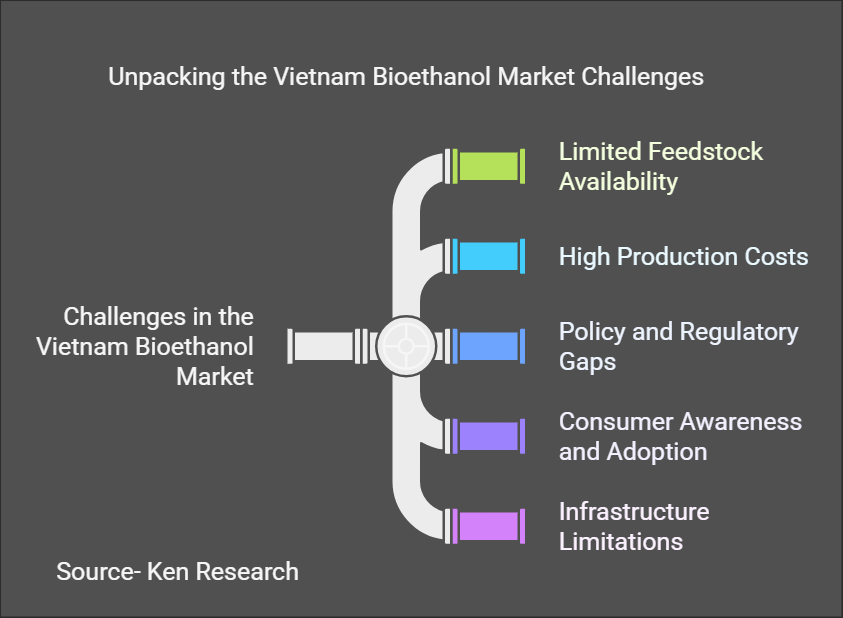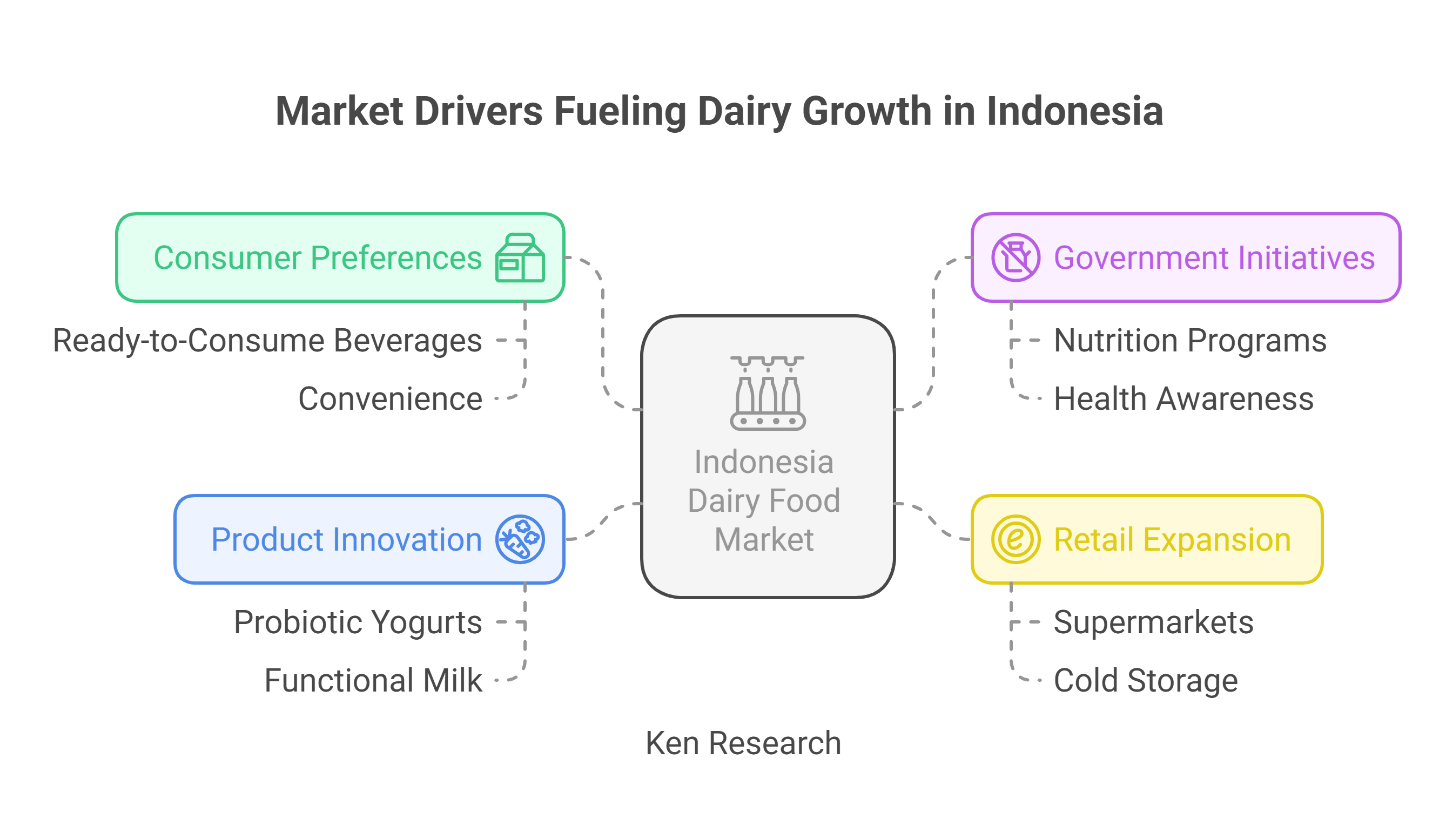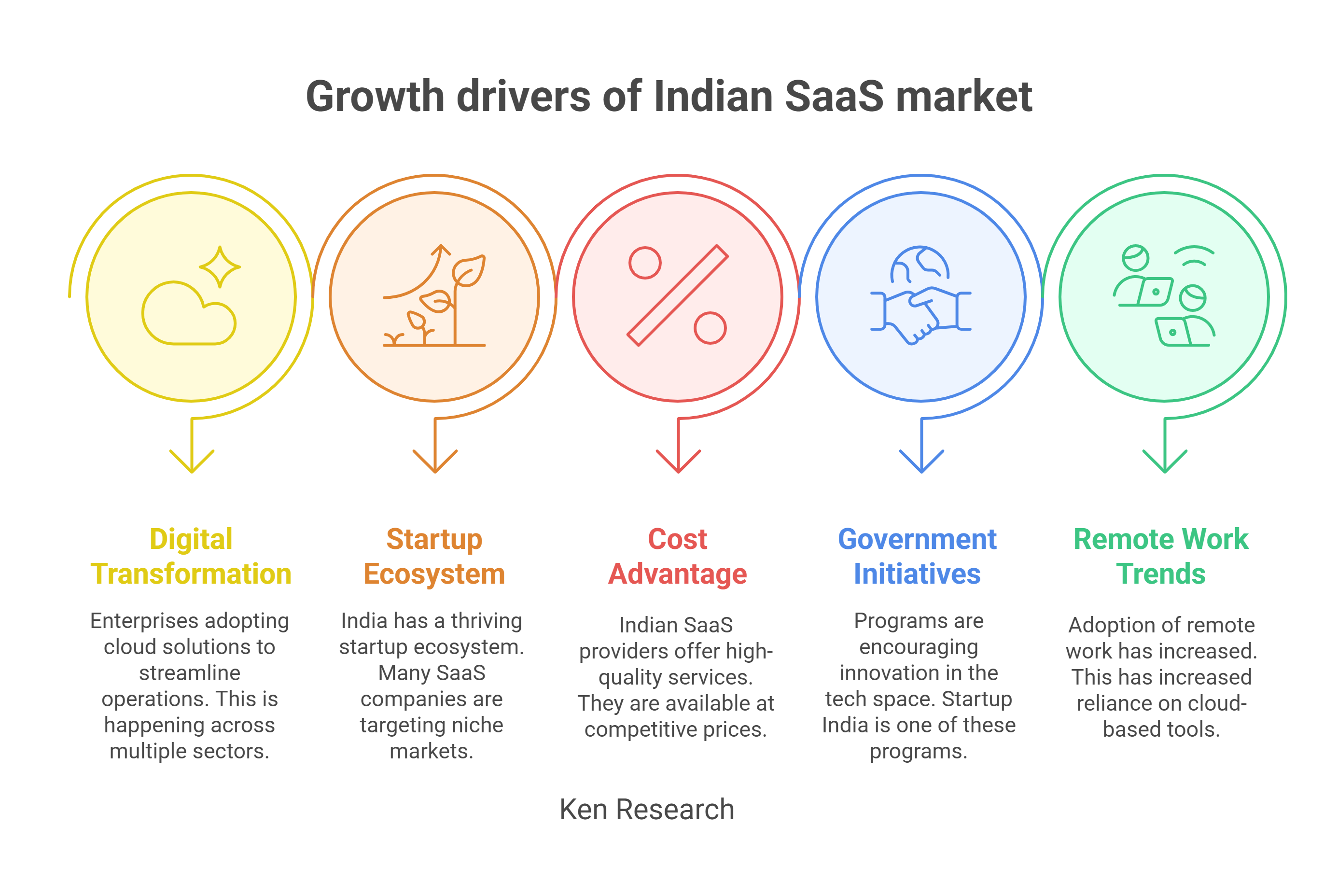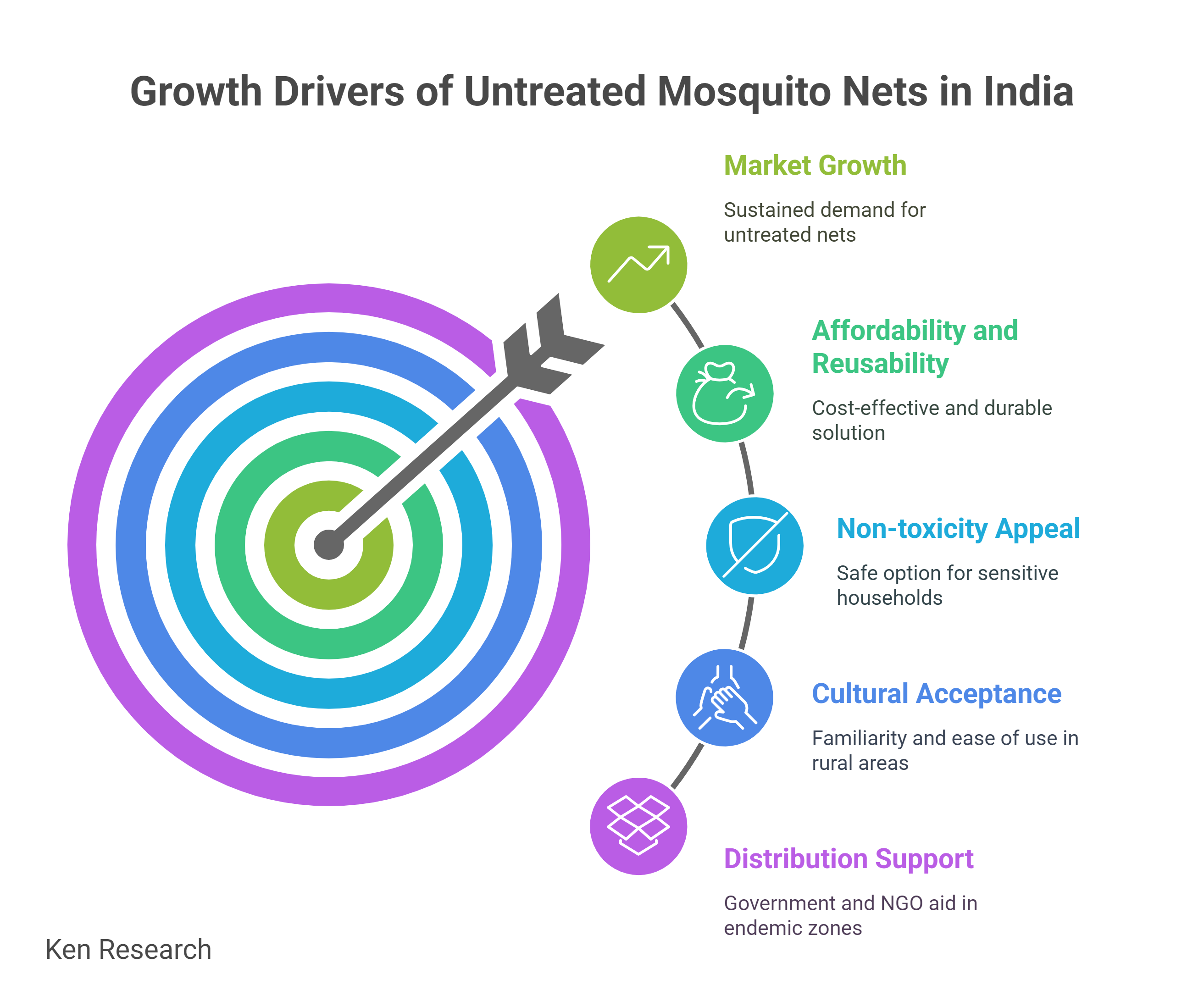Driving Sustainability delivering Insights into the Vietnam Bioethanol Market

As Vietnam strives to meet its environmental and energy goals, the Vietnam Bioethanol Market is emerging as a cornerstone of its renewable energy strategy. Bioethanol, a clean and renewable fuel derived from biomass, offers a sustainable alternative to fossil fuels, aligning with the country's vision for a greener future.
This blog explores the Vietnam Bioethanol Industry, highlighting market trends, challenges, and opportunities that are shaping its role in the nation’s energy landscape.
The Problem: Challenges in the Vietnam Bioethanol Market
1. Limited Feedstock Availability:
Issue: The availability of raw materials such as cassava, sugarcane, and corn is constrained by competition from food production and land use changes.
Impact: A shortage of feedstock drives up costs, impacting the profitability and scalability of bioethanol production.
2. High Production Costs:
Issue: Bioethanol production involves significant capital investment and operational costs compared to traditional fossil fuels.
Impact: The cost disadvantage limits its competitiveness and adoption in the energy market.
3. Policy and Regulatory Gaps:
Issue: Inconsistent government policies and limited enforcement of biofuel blending mandates create uncertainty for producers and investors.
Impact: The lack of clear regulations discourages investment and slows market growth.
4. Consumer Awareness and Adoption:
Issue: Many consumers are unaware of the environmental benefits and long-term cost advantages of bioethanol.
Impact: Low consumer awareness reduces demand, hindering the widespread adoption of bioethanol-blended fuels.
5. Infrastructure Limitations:
Issue: The existing fuel distribution infrastructure is not fully equipped to handle bioethanol-blended fuels efficiently.
Impact: Infrastructure challenges increase logistical costs and limit market penetration.
The Solution: Strategies to Overcome Challenges in the Vietnam Bioethanol Market
1. Expanding Feedstock Supply:
Solution: Promote the cultivation of bioethanol feedstock through government subsidies, farmer education programs, and investment in high-yield crops.
Opportunity: Expanding feedstock availability ensures a steady supply for production, reducing costs and enhancing scalability.
2. Encouraging Policy Support:
Solution: Strengthen biofuel blending mandates and provide tax incentives or subsidies for bioethanol producers.
Opportunity: Clear and consistent policies will attract investments and boost production capacity in the Vietnam Bioethanol Sector.
3. Raising Consumer Awareness:
Solution: Launch educational campaigns highlighting the environmental benefits and cost-effectiveness of bioethanol-blended fuels.
Opportunity: Increased awareness will drive demand, encouraging both consumers and businesses to adopt bioethanol as a fuel alternative.
4. Developing Infrastructure:
Solution: Invest in storage, transportation, and distribution infrastructure specifically designed for bioethanol-blended fuels.
Opportunity: Improved infrastructure will facilitate market expansion and enhance the efficiency of the Vietnam Bioethanol Industry.
5. Advancing Technology:
Solution: Invest in research and development to improve production efficiency and reduce costs through advanced technologies.
Opportunity: Technological advancements will make bioethanol more competitive with traditional fuels.
Key Trends in the Vietnam Bioethanol Market
Growing Focus on Renewable Energy:
The Vietnamese government is prioritizing renewable energy sources, with bioethanol playing a key role in achieving its energy transition goals.
Adoption of E5 and E10 Fuels:
The gradual rollout of bioethanol-blended fuels, such as E5 (5% ethanol) and E10 (10% ethanol), is driving market demand.
Integration of Advanced Technologies:
The adoption of enzymatic and microbial technologies in bioethanol production is improving efficiency and reducing costs.
Global Collaborations:
Partnerships with international players are enabling technology transfer and infrastructure development in the Vietnam Bioethanol Market.
Sustainability Initiatives:
Increased emphasis on reducing greenhouse gas emissions is driving interest in bioethanol as a cleaner fuel alternative.
Key Insights from the Vietnam Bioethanol Market Analysis
Market Drivers:
Rising demand for renewable energy, government support for biofuel adoption, and advancements in production technologies are propelling the Vietnam Bioethanol Market Size.
Market Challenges:
Feedstock availability, cost competitiveness, and infrastructure limitations remain key barriers to growth in the Vietnam Bioethanol Sector.
If you wish to read my other trending blogs.
Competitive Landscape:
The Key Players of Vietnam Bioethanol Market are focusing on strategic partnerships, R&D investments, and scaling up production to gain a competitive edge.
Future Outlook:
The Vietnam Bioethanol Market Future Outlook suggests significant growth potential as the country intensifies efforts to achieve its sustainability and energy security goals.
Opportunities in the Vietnam Bioethanol Market
Export Potential:
Expanding bioethanol production can position Vietnam as a key exporter in the Asia-Pacific region, catering to growing regional demand.
Expansion of Blending Mandates:
Increasing the ethanol blend percentage in fuels offers a substantial opportunity to boost domestic demand.
Technological Innovations:
Innovations in second-generation bioethanol production, using non-food biomass, can enhance sustainability and reduce reliance on conventional feedstock.
Collaborative Ecosystems:
Partnerships with agricultural, energy, and technology sectors can streamline the bioethanol supply chain and optimize production.
Rural Economic Development:
Promoting bioethanol feedstock cultivation can create employment opportunities and drive economic growth in rural areas.
The Future of the Vietnam Bioethanol Industry
The Market Analysis of Vietnam Bioethanol Industry indicates a promising future, with key developments expected to include:
Policy Reinforcement: Strengthened government mandates and incentives for biofuel adoption.
Sustainability Integration: Increased focus on producing bioethanol from agricultural waste and other non-food biomass sources.
Global Investments: Inflows of foreign direct investment to enhance production capabilities and market reach.
Conclusion
The Vietnam Bioethanol Market represents a significant opportunity for the country to transition toward renewable energy and reduce its carbon footprint. By addressing challenges such as feedstock availability, production costs, and infrastructure limitations, the market can unlock its full potential as a sustainable energy solution.
Explore Ken Research’s Vietnam Bioethanol Market Research Report for comprehensive insights into market trends, challenges, and opportunities. From understanding the Vietnam Bioethanol Market Challenges to exploring future growth drivers, this report provides actionable intelligence for stakeholders.
The Vietnam Bioethanol Industry is poised to play a vital role in driving the country’s energy transformation and sustainability efforts, paving the way for a cleaner, greener future.
Note: IndiBlogHub features both user-submitted and editorial content. We do not verify third-party contributions. Read our Disclaimer and Privacy Policyfor details.







